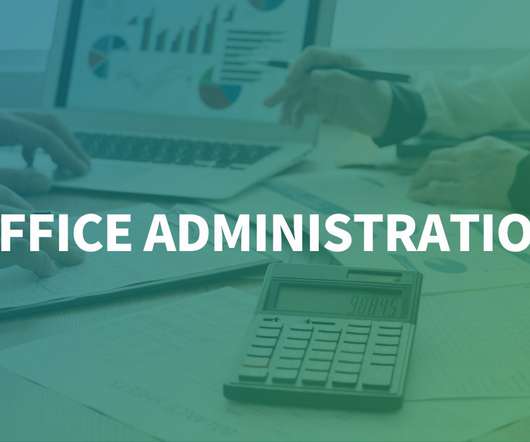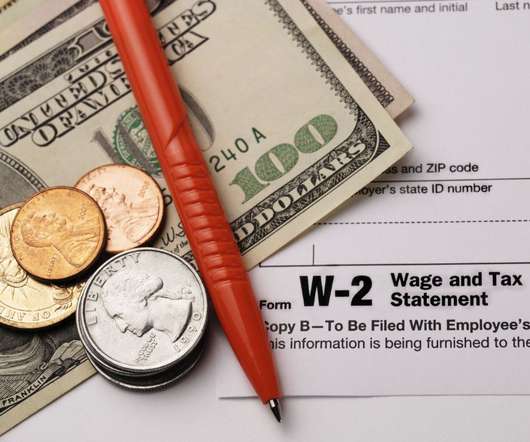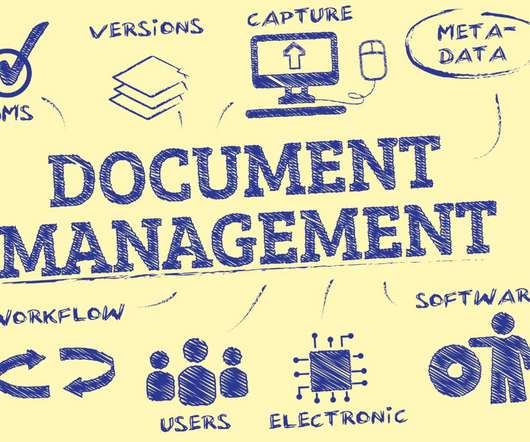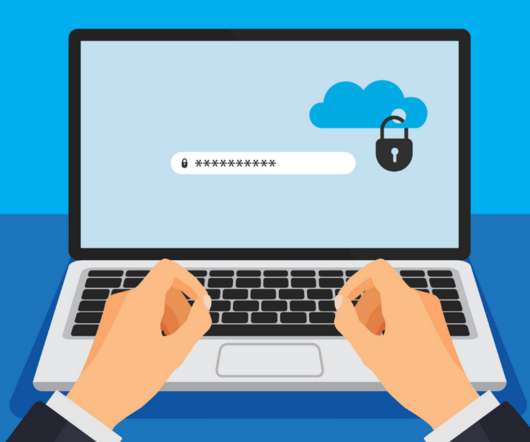Stay on track with this payroll compliance checklist
BMT Office Administration
MAY 30, 2022
Payroll compliance is no small task. Everyone knows that executing payroll accurately and on time is important, after all everyone wants to get paid for their world. However, there is also a lot more that goes into proper payroll processing including a large number of compliance functions and concerns.












Let's personalize your content